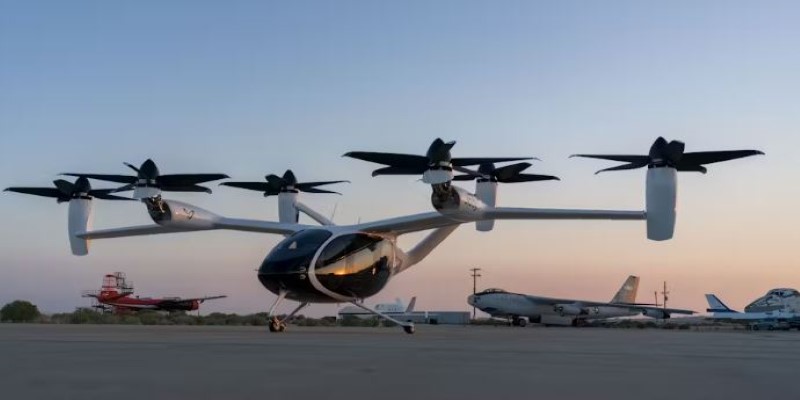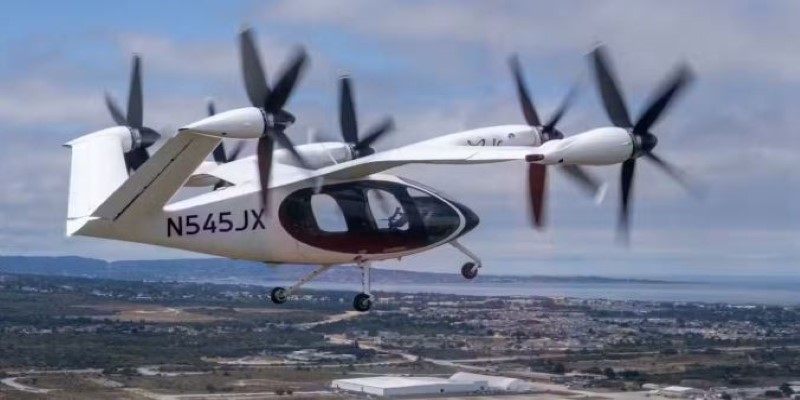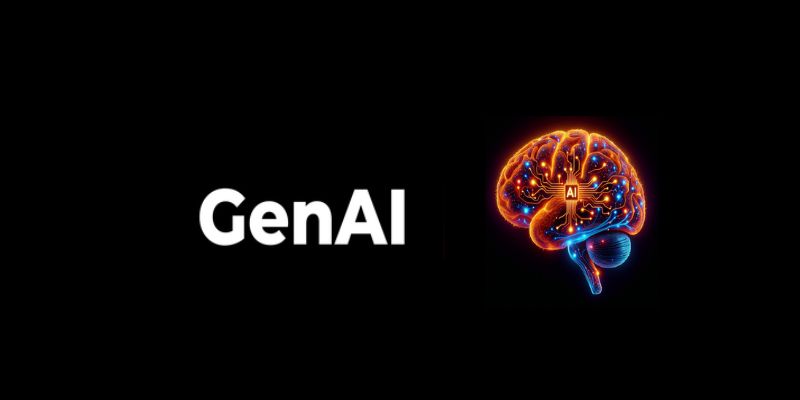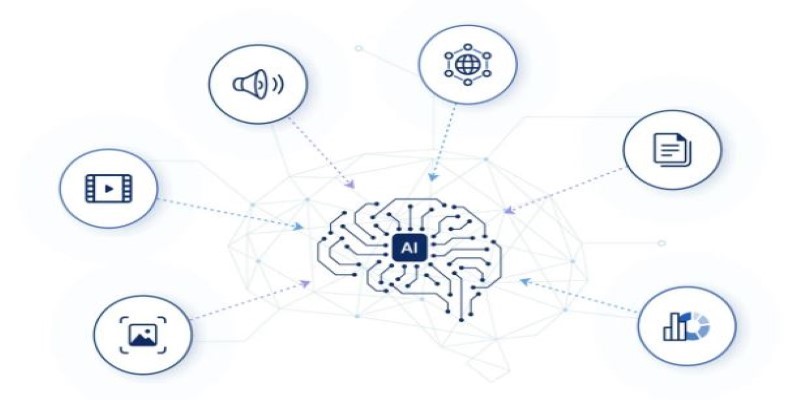Advertisement
At CES 2025, Delta Airlines revealed a collaboration with Uber and Joby Aviation designed to deliver a hyper-personalized travel experience that connects every stage of a journey. This initiative promises to smooth out the often disjointed process of getting from home to airport and onward by combining ridesharing, air taxis, and flights into one coordinated service. Travelers will be able to book a single itinerary that includes a car pickup, a quiet electric air taxi to bypass traffic, a Delta flight, and onward connections — all through one platform. It’s a forward-thinking attempt to make travel simpler and faster.
The partnership addresses what many travelers see as the most stressful parts of any trip: the start and end. These are often unpredictable, thanks to traffic jams, missed connections, and confusing transfers. Delta’s collaboration with Uber and Joby Aviation reimagines this by treating the entire journey as one continuous service rather than separate segments. Travelers can now arrange everything — from their doorstep to their final destination — through Delta’s updated mobile app. A single booking covers an Uber car arriving at your home, a Joby eVTOL air taxi that flies you over clogged city roads to the airport rooftop, and a seamless connection to your Delta flight.

Joby’s eVTOL aircraft play a key role in solving the “middle-mile” challenge in urban areas. These electric air taxis are quiet enough for city operation, environmentally friendly, and can ferry passengers quickly over traffic hotspots. Uber brings its experience in real-time ground logistics, which ensures cars and air taxis are ready when needed. Delta, with its global flight network, ties everything together. The result is a system designed to save time, reduce uncertainty, and create a more streamlined journey. This model treats the entire travel day as one experience, rather than leaving travelers to figure out each stage on their own.
Personalization lies at the heart of this new service. Using data from passenger profiles, travel histories, real-time airport conditions, and live traffic feeds, the system adjusts to each person’s needs. For example, travelers who like to arrive early can set that preference, and the app will schedule pickups to allow extra time at the airport. Others who prefer a tight schedule can minimize waiting by having a car and air taxi arrive closer to departure. It can even adapt on the fly, adjusting pickup or drop-off times if delays or early arrivals occur. Notifications keep passengers informed about every leg of the trip, and changes are automatically reflected in the itinerary without the traveler having to do anything.
Uber's algorithms optimize ground routes based on live traffic patterns, ensuring drivers take the fastest available path. Joby's air taxis follow pre-planned aerial corridors to avoid airspace conflicts while still offering a quicker route than cars. Together, these features enable passengers to experience a trip that feels as though it was designed just for them, without having to manually coordinate each piece. Everything stays in sync, and travelers maintain full visibility of what comes next through the app. This focus on individual preferences adds a level of service that frequent travelers have long sought.
The significance of this development lies in its potential to eliminate some of the most frustrating aspects of travel. Driving to the airport during rush hour often takes longer than the flight itself, and arriving in a new city can feel overwhelming if you’re unfamiliar with local transit options. With this partnership, the process becomes one continuous, managed experience from start to finish. Instead of dealing with separate reservations for ground transport, air taxis, and flights, travelers can now rely on a single platform to coordinate everything.

This has clear appeal for business travelers, who are often short on time and need predictability, but it also benefits leisure passengers who simply want a stress-free trip. Being able to skip highway traffic thanks to a quiet electric air taxi or knowing that your car will already be waiting at your destination airport adds a level of ease that traditional travel options don't offer. At CES, Delta hinted that the service will initially target premium customers but could expand as demand grows and costs decrease. For passengers, this creates more choice and flexibility in planning their trips.
Delta’s announcement reflects a growing trend toward multimodal travel and urban air mobility. Companies like Joby have spent years developing eVTOL technology, and now, with more regulatory approval in sight, the aircraft are ready to move into regular service. These quiet, emissions-free vehicles represent a sustainable alternative to traditional helicopters and are well-suited for congested cities. Pairing them with Delta’s airline network and Uber’s widespread ground presence makes this a practical step forward rather than a far-off concept.
The timing of this launch is notable. Many city centers around the world are grappling with gridlock and increasing demand for faster, cleaner transit options. Electric air taxis offer a way to move people more efficiently while reducing the environmental impact. With a major airline backing the service, it gains both legitimacy and access to a broad customer base. At CES 2025, the Delta-Uber-Joby partnership stood out because it promises to deliver a real-world solution in the near term. The service could become a model for how other cities and carriers tackle similar challenges as urban mobility evolves.
Delta’s partnership with Uber and Joby Aviation introduces a new way of thinking about travel, one where the journey is treated as a single, coordinated experience rather than disconnected segments. The integration of cars, air taxis, and flights through one platform offers a glimpse of what future travel could feel like — faster, simpler, and more in tune with each passenger’s preferences. By demonstrating this at CES 2025, Delta has shown that technology and cooperation between different sectors can improve how people move through crowded cities and across regions. This development could set the standard for more connected travel in the years to come.
Advertisement

Google’s Agentspace is changing how we work—find out how it could revolutionize your productivity.

Meta launches Llama 4, an advanced open language model offering improved reasoning, efficiency, and safety. Discover how Llama 4 by Meta AI is shaping the future of artificial intelligence

How the AI-driven wireless tree network transforms wildfire defense by connecting forests with sensors and artificial intelligence to detect and predict fires in real time

Explore seven advanced Claude Sonnet strategies to simplify operations, boost efficiency, and scale your business in 2025.

Tech giants respond to state-level AI policies, advocating for unified federal rules to guide responsible AI use.

Learn how to boost sales with Generative AI. Learn tools, training, and strategies to personalize outreach and close deals faster

Tech giants respond to state-level AI policies, advocating for unified federal rules to guide responsible AI use.

How far can AI go when it comes to problem-solving? Google's new Gemini model steps into the spotlight to handle complex tasks with surprising nuance and range

Can ChatGPT be used as a proofreader for your daily writing tasks? This guide explores its strengths, accuracy, and how it compares to traditional AI grammar checker tools

Discover why banks must embrace innovation in compliance to manage rising risks, reduce costs, and stay ahead of regulations

Discover why global tech giants are investing in Saudi Arabia's AI ecosystem through partnerships and incentives.

How Salesforce’s Agentic AI Adoption Blueprint and Virgin Atlantic’s AI apprenticeship program are shaping responsible AI adoption by combining strategy, accountability, and workforce readiness